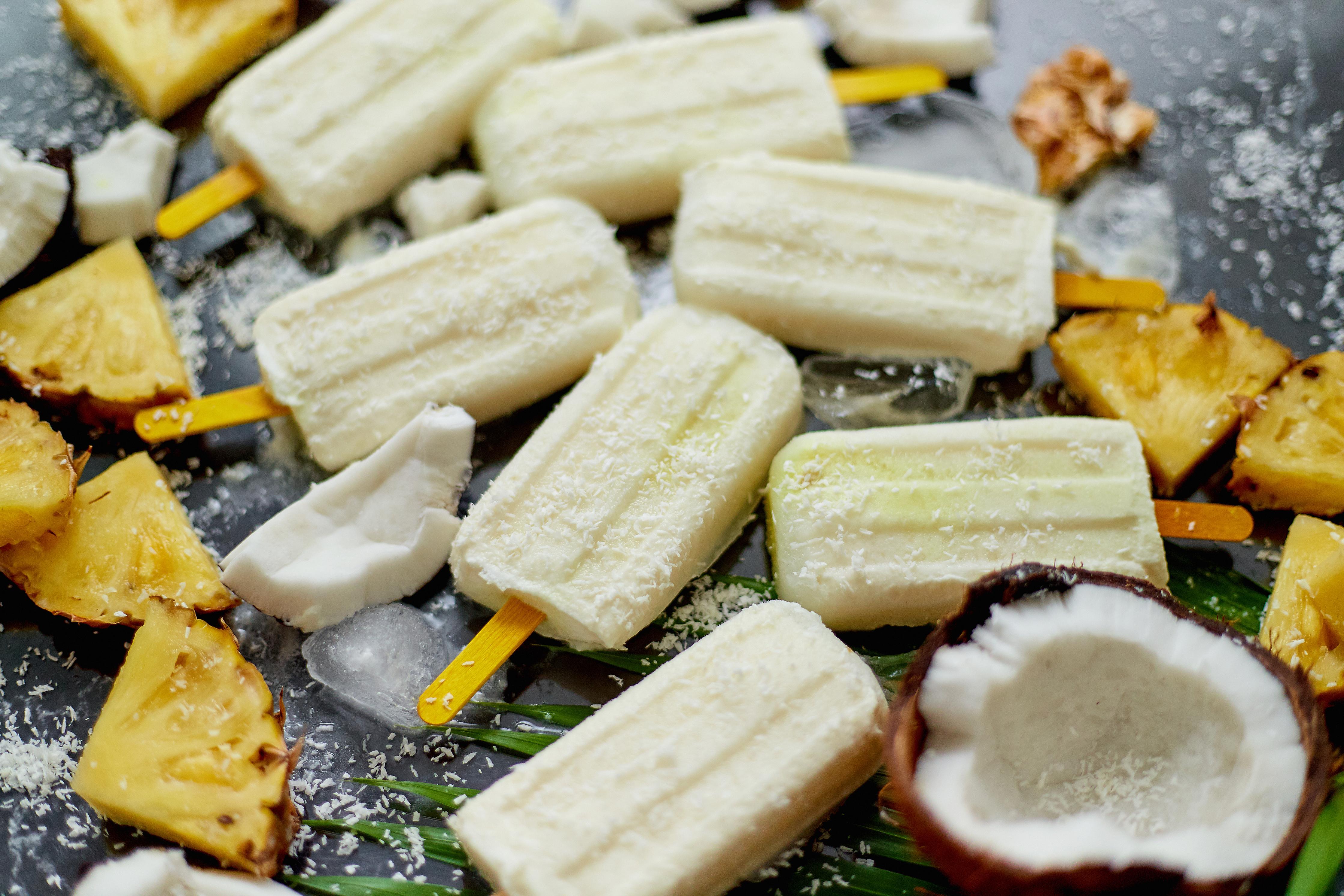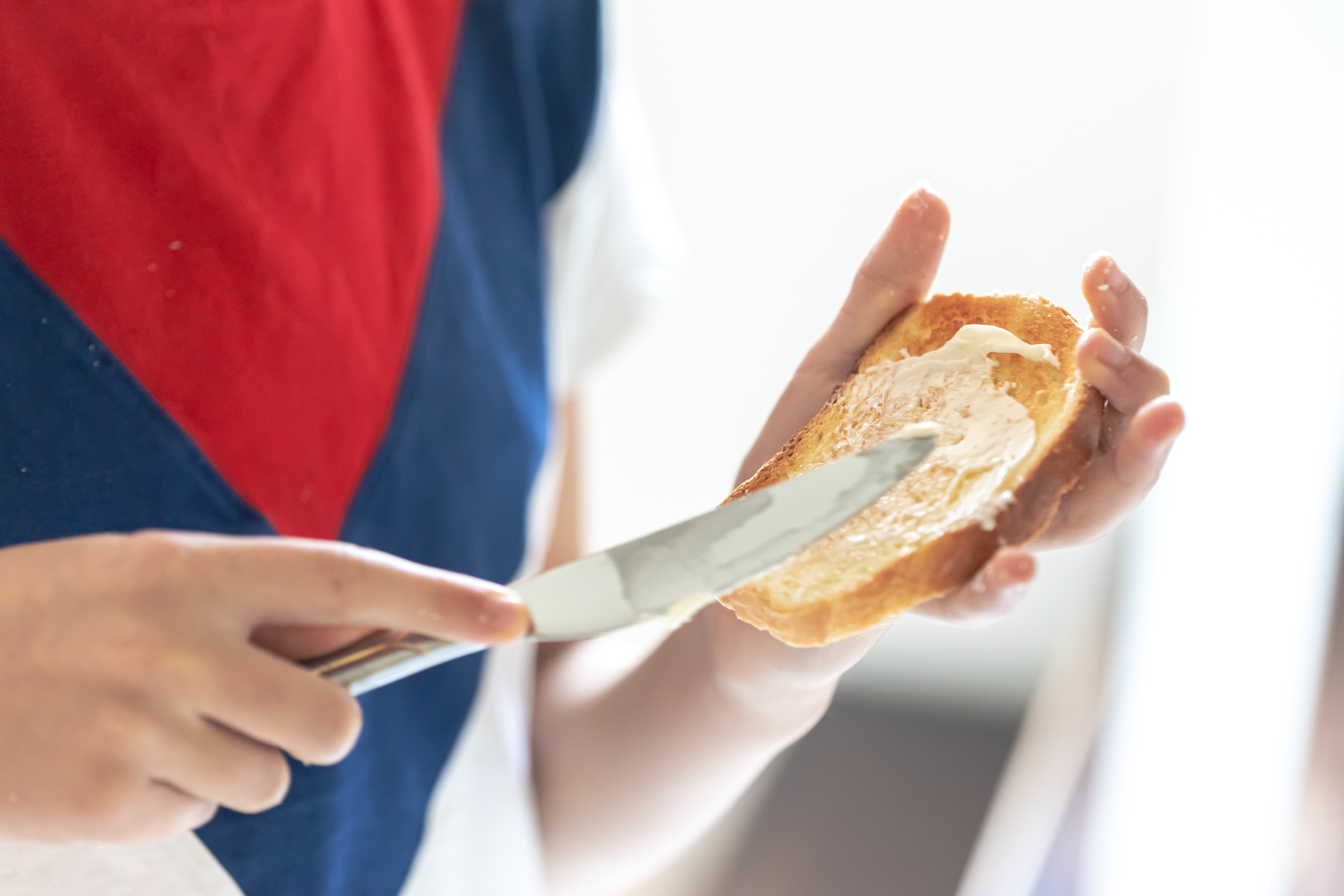10 Foods You Should NEVER Freeze (and 6 Surprising Ones You CAN!)
3. Dairy Dilemmas: Navigating the Freezing of Milk, Cheese, and More

Dairy products present a unique challenge when it comes to freezing. Milk, for instance, can separate and develop an unappealing grainy texture once thawed. Similarly, soft cheeses like brie and cream cheese can become crumbly or watery. However, harder cheeses like cheddar can be frozen successfully if shredded first. Yogurt and cream can be frozen but may require some stirring to restore their creamy consistency. Knowing which dairy products can withstand freezing and how to properly prepare them for storage can help maintain their quality and extend their shelf life, providing convenience without compromising taste.
4. The Bread and Butter of Freezing: Best Practices for Baked Goods

Baked goods, from bread to cakes, are generally freezer-friendly, making them ideal candidates for batch cooking and storage. However, the key to preserving their freshness lies in proper packaging. Wrapping items tightly in plastic wrap or aluminum foil and then placing them in an airtight container can prevent freezer burn and moisture loss. For best results, thaw baked goods at room temperature or gently warm them in the oven. By mastering the art of freezing baked goods, you can enjoy homemade treats at your convenience, reducing waste and saving time in the kitchen.
